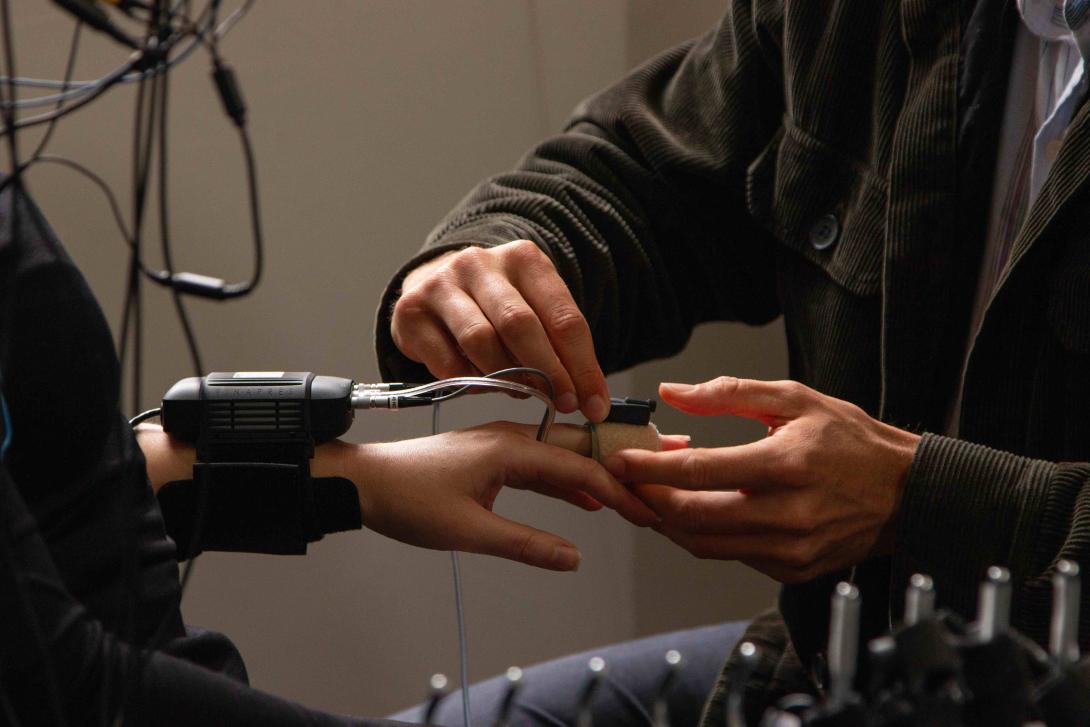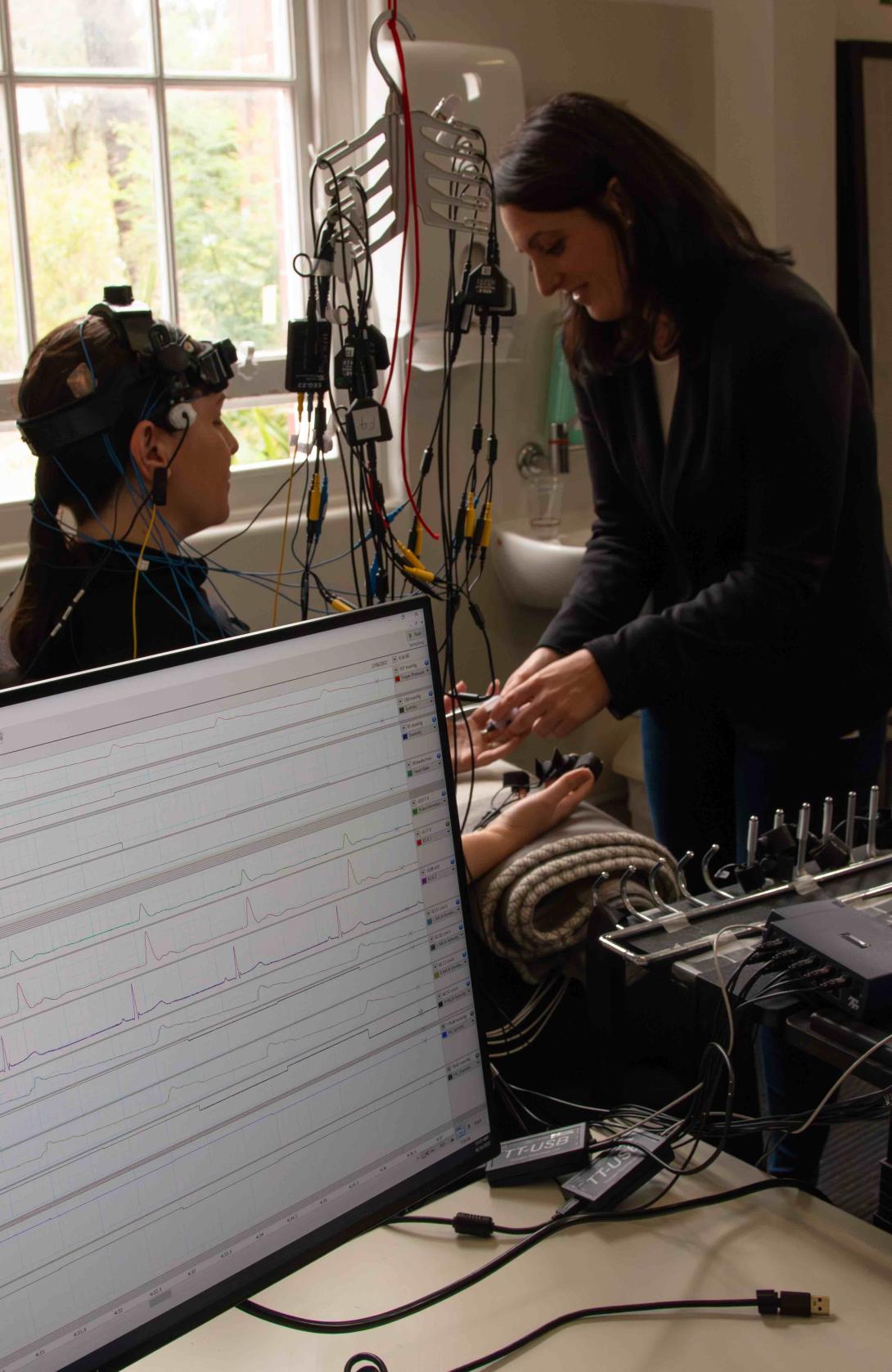Research is inherently collaborative. We rely on labmates, colleagues, mentors, and technicians to lighten the load and help smooth the way to effective research outcomes. At ADInstruments, we work alongside our customers to ensure they are getting the most out of their technology; making science easier by working together.
Dr Ilaria Pozzato, a Senior Research Fellow at the University of Sydney, worked with Nick, one of our Scientific Support Specialists, to set up her new lab and streamline her process for data acquisition.
Ilaria is investigating the health outcomes and recovery of people with injury-related disabilities. “My project right now focuses on spinal cord injury,” she says, “we’re trying to test a new therapy to improve heart and brain function for those who have sustained a spinal cord injury.”
“Spinal cord injuries are life-changing, as you can imagine,” Ilaria says, “they bring with them a lot of different problems, and some of them are really life-threatening. Besides the paralysis below the injury, people also end up with cardiovascular complications, instability in blood pressure, difficulty breathing, chronic pain, mental health problems, and so on.”

Ilaria’s current project examines whether a controlled breathing therapy can improve autonomic regulation for people who have sustained spinal cord injuries. The complexities Ilaria and Nick needed to navigate were three-fold; the autonomic nervous system itself, the technology, and the participant group.
The autonomic nervous system isn’t a singular switch that can be turned off and on. It is a diffuse network which modulates organ systems throughout the body. In order to assess its function you need to stress those systems and determine how the autonomic nervous system responds.
“We have a few experimental phases we go through because usually the autonomic nervous system at resting state doesn’t do much,” Ilaria says, “you need to stress the system to really know the full capacity of what it can do in terms of reactivity and recovery. We're using a couple of different tasks and deep breathing control to see what's really happening.”

As her experiment moves from phase to phase, her data acquisition needs to remain in sync. The outputs of continuous heart-rate monitoring, non-invasive blood pressure, and a transcranial doppler all need to be aligned to ensure the effects of each phase are clear.
“We’re after really complex cardiovascular and cerebrovascular dynamics here and to do that, we will be gathering signals from different sensors and equipment. And it's already a tough process itself,” Ilaria says, “but it can make it harder if all this equipment doesn’t actually have great communication between each other.”
Nick worked with Ilaria to integrate her equipment with LabChart, ensuring that all of her output would be synchronized, easy to keep track of, and saved in a single file. This removed a lot of stress from the process.
Not only was the data all collected in one place, but with just one place to check, it became incredibly easy to identify any issues with the equipment.
Ilaria wanted to minimize the time spent on technology, and maximize her focus on participants during data collection. This meant working with Nick to troubleshoot potential technical issues ahead of time.
“I think what we have learned is, yes, we are running a laboratory, but we do have a person coming in and we need to be mindful of that,” Ilaria says, “the less time you spend getting your technology working, the more time and energy you have to focus on the patient.”
“The ADI team has really supported us throughout all the stages of this process, and for that we’re really grateful,” Ilaria says, “they really followed it through, from the equipment selection, understanding how it all worked with existing equipment, customizing settings, not just the hardware but the software, for our data collection and experimental protocol.”
“There are a lot of things that you need to troubleshoot and make sure you’re doing right,” Ilaria says, “and we were highly supported through that process.”
Related Products
